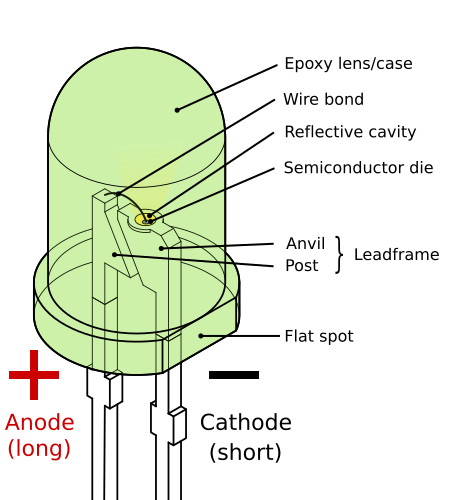Forking from here so as not to clutter the original thread there and to keep this separate.
I started my Pearl II build last evening. Here is my meagre achievement:

I concentrated on populating 0.1 uF capacitors as the count per monoblock board was unusually high (11 per side). I faced an unexpected problem: the physical size of the capacitor was larger than the allotted slot on the board. So I ended up doing a delicate jugglery to accomodate the capacitors as shown in the photo below:

Parts count is very high, so progress is slow. I will use the 22-0-22 R-Core transformer for the PS section, like svaze's build.
Question: Though I haven't reached it yet, I can see an LED lamp. How do I determine the correct terminals on the LED? On the board, one side of the circle is flattened so I am assuming it means something? I know that if I put it the wrong way, it should be equivalent to an open circuit, but that's discovering the correct leads the crude way.
I started my Pearl II build last evening. Here is my meagre achievement:

I concentrated on populating 0.1 uF capacitors as the count per monoblock board was unusually high (11 per side). I faced an unexpected problem: the physical size of the capacitor was larger than the allotted slot on the board. So I ended up doing a delicate jugglery to accomodate the capacitors as shown in the photo below:

Parts count is very high, so progress is slow. I will use the 22-0-22 R-Core transformer for the PS section, like svaze's build.
Question: Though I haven't reached it yet, I can see an LED lamp. How do I determine the correct terminals on the LED? On the board, one side of the circle is flattened so I am assuming it means something? I know that if I put it the wrong way, it should be equivalent to an open circuit, but that's discovering the correct leads the crude way.

















